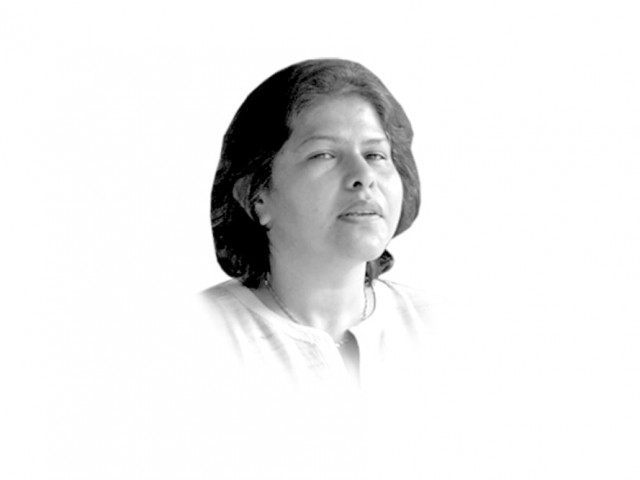After the endgame
It is erroneous that Jihadi outfits will calm down, and become part of the society after the Afghan endgame is won.

Such a fairy tale, therefore, supports turning a blind eye to the expansion of the jihadi organisational machinery. Forget about the Haqqani network in the tribal areas, even the Pakistan-based organisations are currently expanding and probably getting ready for the ‘endgame’. The trickiest part of this official strategic schema that was underscored in a report by the Jinnah Institute and the United States Institute of Peace (JI-USIP) is that it does not address the concerns regarding the impact of such machinery on the Pakistani and Afghan societies.
There are two parallel statements being offered simultaneously. First, when quizzed about clamping down the various Pakistan based jihadi groups, the response always is that these are not under state control and so are difficult to defang.
Second, there is a possibility of calming down these jihadi outfits presumably after the endgame is won. In fact, it is assumed that these outfits will naturally calm down and become part of the secularising process of the society through their welfare and other activities. This is an erroneous interpretation since these welfare activities are not meant for potential demobilisation but for communicating with the society. For those, who believe that there is any secularising element in these welfare activities, it must be pointed out that not all people have the heart for war-fighting and so must be integrated with a jihadi outfit’s overall ideological contours through various methods including welfare and relief work. It’s an extremely powerful tool for marketing and maintaining a relationship between the state and the non-state. While the state keeps justifying jihadi presence by highlighting their relief work, the latter are in a dependent relationship with the former because of such crucial facilitation.
The new narrative is problematic since it assumes the collapse of the jihad machinery after the militants integrate into the state’s decision-making. The Haqqani network might find a space in Kabul but what about the other outfits? Are we to assume that all jihadis will after the end of the endgame migrate to Afghanistan and live there forever? Or, are we to think that people like Malik Ishaq, Masood Azhar and others will agree to live a different life, spending their old age telling stories to their children and grand children and entertaining their families?
The new pro-jihadi narrative, in fact, wants people to forget about militancy and primacy of jihad for these outfits. The question being asked is that why not consider these outfits normal by not focusing on their ideology? The issue with this framework is that it tends to deliberately minimise the significance of the theory of jihad and its implication for the state and society since the basic idea of jihad is linked with an orthodox interpretation of a just war in an Islamic state. Since they do not believe in the existing political system and the structure of the state, it is logical for them to pursue war as a means to an end.
Furthermore, turning these jihadi outfits away from war becomes difficult in a socio-political environment that does not encourage a pluralist and inclusive discourse. The close linkage of religion with the politics of the state is dicey, mainly because it is difficult to ensure that all voices will be heard and all nuances given relatively equal space. For those that are overawed by the Iranian experience, it would be worthwhile pointing out that even there the space became limited for those that disagreed including Ali Shariati and Rafsanjani who were then harshly dealt with by the state.
The ideology of jihadi outfits in Pakistan is so deeply connected with peculiar sectarian bias that is bound to create greater violence. How about not lying to ourselves about the greater possibility of these forces turning within in both soft and hard ways after the endgame is won?
Published in The Express Tribune, September 18th, 2011.














COMMENTS
Comments are moderated and generally will be posted if they are on-topic and not abusive.
For more information, please see our Comments FAQ